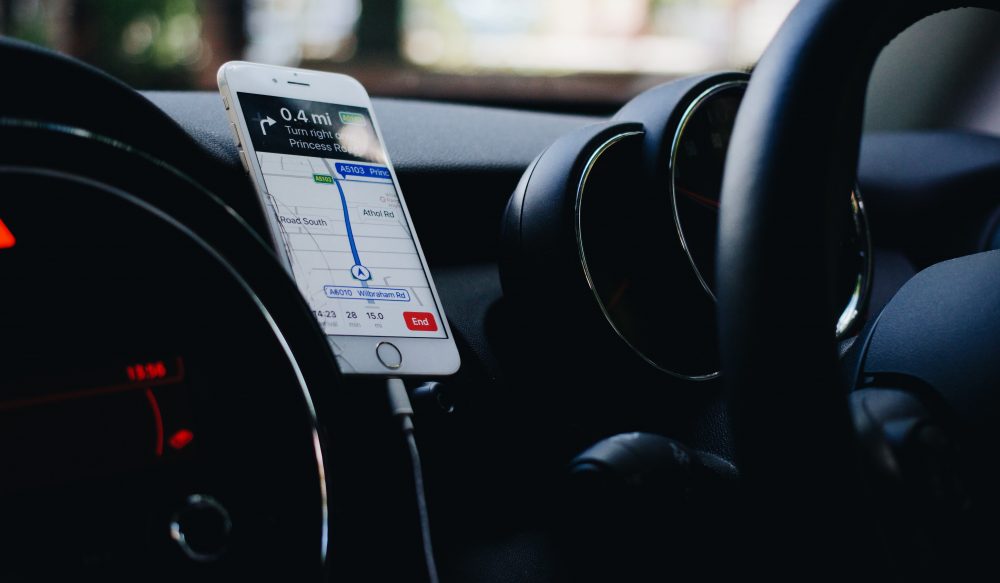Everyday cars are becoming more autonomous than ever. Rather than calling it a car, everyone will be calling it a driving machine controlled by a computer (IoT).
Modern-day vehicles greatly differ from their predecessors, becoming an IoT that connects to the outside world, with onboard computing power and communication systems that are focused on three areas: The Driver’s behavior, engine diagnostics, the vehicle’s location, its surroundings, and the occupants of the vehicle. All of which we can say is under the influence of cellular and 5G technology.
The spread of 5G is on the run, especially during 2021, 5G is estimated to be in many countries around the world. It has already been deployed in many developed countries, where it is a very important trend in the connected vehicle world, where it has an impact on its development. Combined, the impact of IoT and 5G on the connected vehicle industry, means stronger connectivity and more autonomous driving.
5G Predecessors
Of course, the “G” didn’t always have the “5” attached to it. 5G, before it was released, had many predecessors before it that all led to 5G. It all started with 1G in 1979, which began a whole new age of mobility for voice calls.
It was not until 2008 when 3G initially got released, specifically for web-browsing that expanded the possibilities of IoT. After a few years, 4G would come into place along with cloud computing. 4G’s high demanding bandwidth allowed the digital world to evolve, allowing greater capacity, lower latency, and a huge innovation in the IoT world which today would evolve into 5G.

